The seventh and final post in the Antarctica: Weddell Seal Team series comes to us from Erika Nunlist.
If you haven’t yet, be sure to read the first post in this series for more background on the project and the team. You can also read the 2nd, 3rd, 4th, 5th, and 6th posts if you missed them.
If you would like to help support this project, head on over to their campaign on Experiment! They only have 1 day left to reach their goal!
Ice Livin’
December 6, 2015
As always, work and life down here has been fun filled and fast paced. We had a great Thanksgiving – McMurdo did some fine cooking. I was just as uncomfortably full as ever. I unfortunately do not have any pictures of the meal, but I do have pictures of the Turkey Trot we did earlier in the day!
The Turkey Trot. There were around maybe 100 people that ran it, many of which were dressed up in fun outfits. These pictures are all from a guy name Greg Stone in McMurdo who I actually don’t know but he shared his pictures with everyone in McMurdo. This is a shot of people about a quarter mile from the start.
I think this may be one of the best shots, also by Greg Stone. There were more than one penguin outfits running that day.
Eric and Ross at the finish line. Photo by Greg Stone again.
We only have a handful of days left here in Antarctica and times flyin’. This is one of my favorite ‘working’ photos to date. Terrill and Kaitlin near the end of a work day– I think there was an Adelie that Kaitlin was taking pictures of. My pictures of the Adelie weren’t nearly as good as this one.
After realizing that we have so little time left I have made an effort to take a few more photos of the seals. This is from one evening in the colony just behind camp. This pup is just yawning but he looks pretty fierce!
A sleeping mom. She didn’t give two hoots that I was around taking pictures, obviously.
An adult seal coming up for a breath and thinking about coming out of the water.
Seal pups are little punks. They’re very curious and playful. I find it hilarious watching them entertain themselves and bug their moms. I’ve seen many pups just crawling all over their mom while the mom is trying to sleep. This guy was picking up snow and rolling around with it, dropping it, picking it up again, seemingly very entertained by the snow piece. On another note, apparently seals will eat snow when it is ‘hot’ outside to cool themselves down. With it being up to around 35 degrees in the last couple days, I have definitely witnessed this. I wonder just how much a little bit of snow can cool off such a big mammal though.
With work slowing down a little bit we’ve had time for some sight-seeing. A couple days ago we went to a hut at Cape Evans used for some of the early expeditions of Antarctica.
This hut was built during Robert Scott’s expedition of 1910-1913. It was later used by Ernest Shackelton’s expedition in 1915. During this expedition, their ship the Aurora broke away from its anchor (above) stranding 10 men from the party at this hut for 20 months. Luckily, the hut was well provisioned and the men were eventually rescued. When they were rescued, they left in a hurry. The hut is very well preserved. Touring around the hut is almost eerie with all the objects, pictures, and personal items strewn everywhere as if the men were still living there.
Shovels in the “mud room” of the hut. The handles all looked hand-made and well used.
A big stack of seal blubber. They used blubber as fuel for their stoves. Didn’t really smell even though you might think nearly 100 year old seal blubber might stink.
Wheel barrow out in the horse stalls added to the original hut. Yes, they brought horses to Antarctica in one of the early expeditions. I don’t think it worked out too great for the horses.
Apparently they had some time for bicycling? I can say I would be terrified to ride this bike around on the ice down here.
The kitchen. Lots of jars and utensils. They definitely weren’t roughing it. Actually, what I was most surprised with about this hut was how much stuff there was. There had to be hundreds of jars and trinkets. Every corner was riddled with interesting objects.
A note written on the side of R.W. Richards bed. If you can’t read the picture, it says “August 14, 1918, Losses to date: Haywood, Mack, Smith, and Shih” (I can’t really read the last name in the list)
Dead, mummified seal outside the hut.
Cross with Erebus in the background. I’m sure many of the men stranded at this hut for those 20 months did a lot of praying.
We’ve also had the chance to go to the ice edge for some wildlife viewing. Terrill taking pictures with some curious Adelies checking him out.
Rafted ice just beyond the ice edge. I do not know the name of the hill feature in the background. You can tell it was a beautiful day though. The open water in the picture is where penguins have been poking their heads up and swimming around.
Adelies are funny penguins. They act like little grouchy busy-bodies. Very fun to watch.
Close up head shot of an Adelie.
Our camp is being pulled in a day. We will live in McMurdo for the remainder of our time here (we leave on the 14th!). Here’s a couple more photos of camp life before we leave. Toasting bagels in the morning. I had never seen this type of toaster before. It works great!
The variety of shoes we see around camp. Chacos, down booties, and Sorell boots. I usually wear tennis shoes or Haflinger clogs.
Mike’s Chacos have recently been the most appropriate footwear. Around all the doors to our huts where dirt has accumulated the ice has started melting. There are puddles one to two feet deep. This is Mike probing the ice around the step to see where he can safely go for a dry step.
Most of our gear is pretty great, and we make do even when it isn’t. Kaitlin has had to hold her pants up with a carabiner all season. Kind of funny, I’m sure next year she’ll make sure the zippers work on her snow pants!
Well that’s all I have for this update! Hope you enjoyed! Share these with whoever might be interested and email me if you want my past and/or upcoming updates!
-Erika
This wraps up our first series for Field Diaries – Reflections of Life in the Field.
The inspiration for these series comes from the idea that field diaries, or subjective reflections, are just as informative and useful as objective research field notes and serve as an important avenue in outreach connecting scientists and science to the public.
Please share if you were inspired and thanks for reading!
Share this: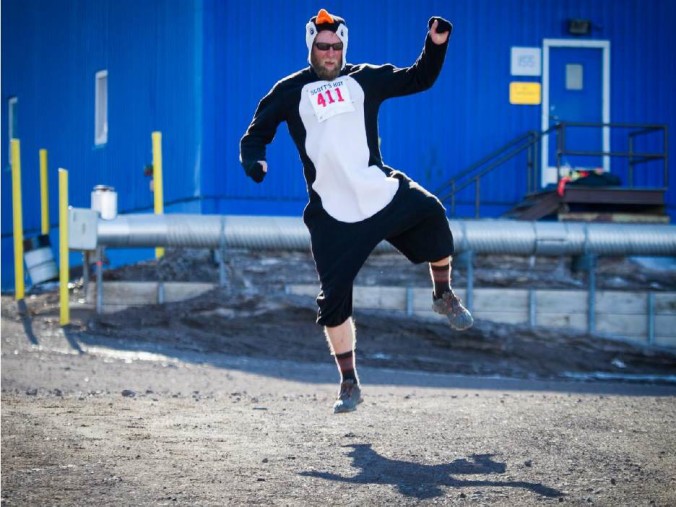

























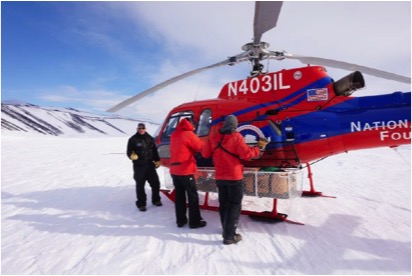

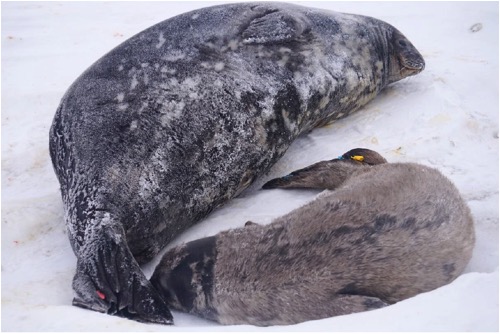
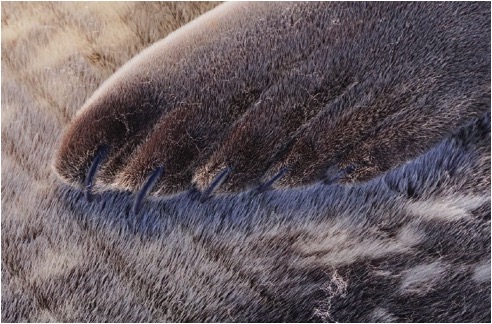
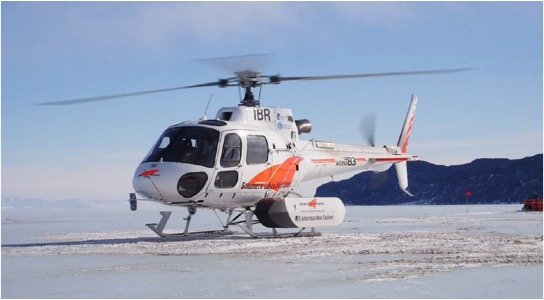
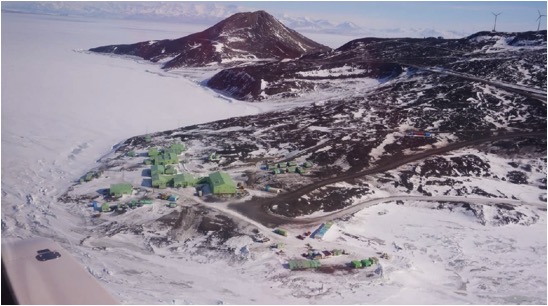
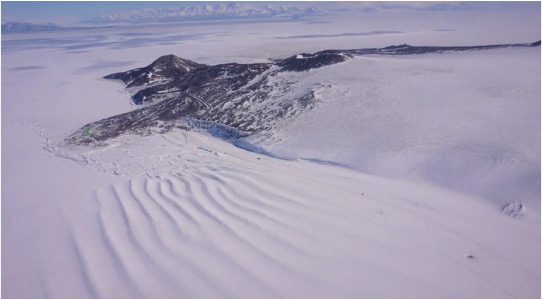
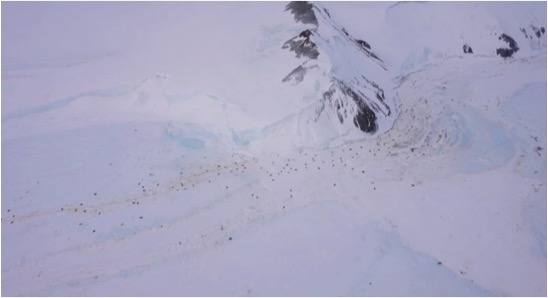
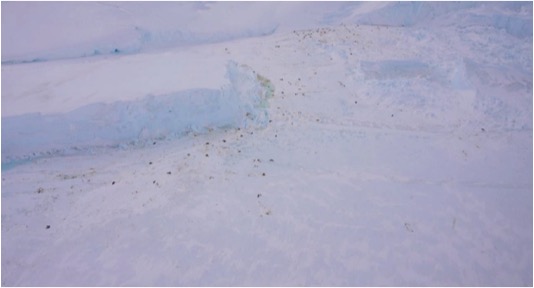
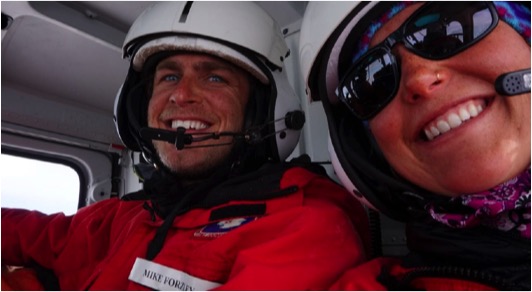

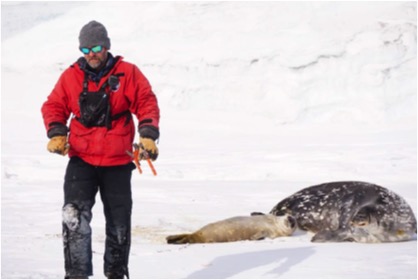
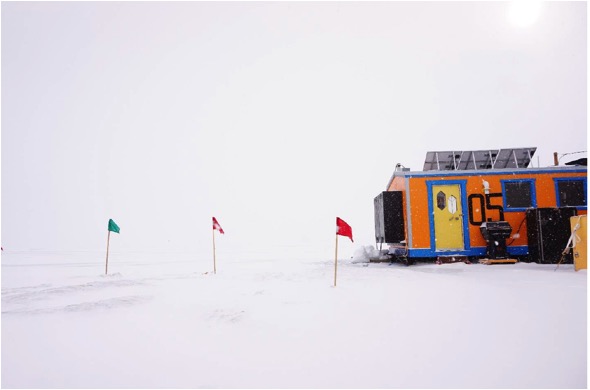

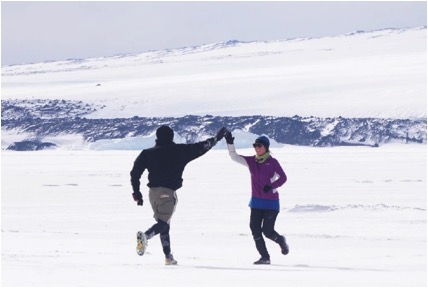
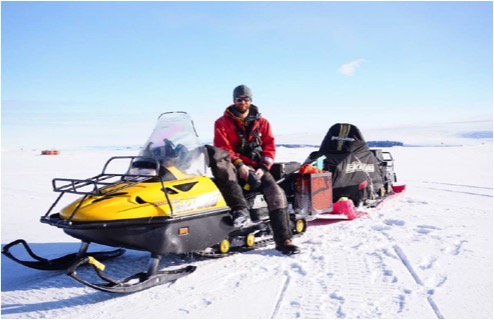
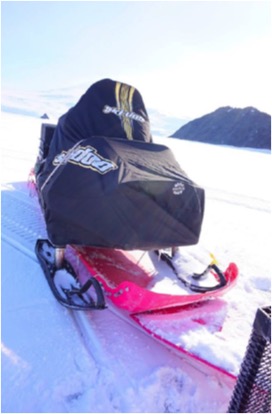
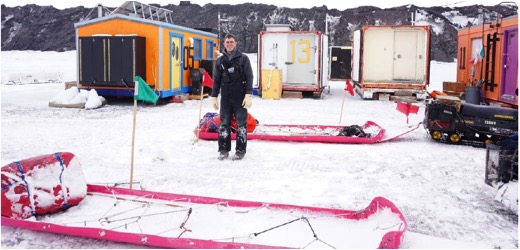

















































Recent Comments